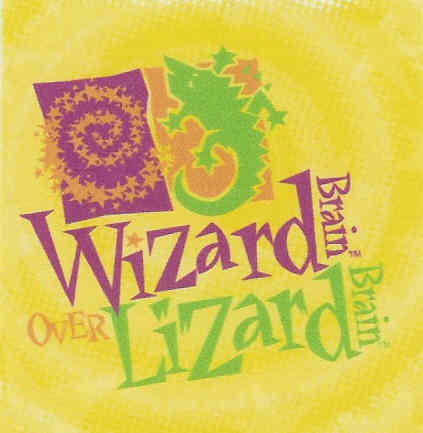Method: the 10 Wise Ways
Wizard Brain Thinking in a Lizard Brain World!

The “10 Wise Ways” approach to teaching social and emotional skills is based on a multi-disciplinary framework that forms a comprehensive model to teach these critical thinking skills. The BrainWise program uses the Socratic method and activity-based learning to help deliver its messages more effectively. The program also integrates concepts from empirical findings in psychology, education, sociology, and medicine into its structure. By interconnecting findings from various disciplines, the program provides a solid foundation to introduce critical-thinking skills and to teach children how to Stop and Think.
As part of its approach, BrainWise uses concrete metaphors to make it easy to understand and remember complex cognitive concepts. For example, participants learn that that the “prefrontal cortex” of the brain is the “thinking” or “Wizard Brain” and the seat of our executive functions. They also learn that the “limbic system” is the “emotional” or “Lizard Brain” and the basis of our “fight or flight” reactions.
Research show that the Lizard Brain is hard-wired from birth and instinctively reacts to perceived dangers. This reflex triggers us to pull a hand away from a hot stove, spit out something that is spoiled, jump out of the way of a falling object, or react to the smell of smoke. However, this same instinctive reaction can also cause problems because it also underlies behavior from anxiety over inconsequential events to being suicidal; from texting angry messages to exhibiting road rage; and for reacting to perceived offenses through impulsive back-biting or full-scale revenge.
Overcoming these impulsive and sometimes destructive reactions in social situations or in our daily lives is the role of well-developed social and emotional skills. However, we are not born with any connections to the prefrontal cortex—the Wizard Brain—we must first learn and develop them.
BrainWise does this by teaching these basic critical social and emotional skills—what we call the 10 Wise Ways. Learning these skills establish links to the executive functions area of the brain. This process requires not only introducing and learning the skills, but also applying and reinforcing them.
 With an in-depth research background of her own, Dr. Barry based her program on the proven theory that cognitive behavior models are essential in helping individuals restructure distorted thinking processes. Dr. Barry’s basic philosophy in BrainWise is a departure from accepted strategies of intervention and “quick fix” programs that focus on rote learning of packaged responses that do not teach children to “think for themselves.” These other strategies, which inappropriately assume that at-risk youth possess the necessary foundation of thinking skills, do not provide the comprehensive package of learning that BrainWise does to meet these students’ needs.
With an in-depth research background of her own, Dr. Barry based her program on the proven theory that cognitive behavior models are essential in helping individuals restructure distorted thinking processes. Dr. Barry’s basic philosophy in BrainWise is a departure from accepted strategies of intervention and “quick fix” programs that focus on rote learning of packaged responses that do not teach children to “think for themselves.” These other strategies, which inappropriately assume that at-risk youth possess the necessary foundation of thinking skills, do not provide the comprehensive package of learning that BrainWise does to meet these students’ needs.
Certain behaviors are expected during different developmental stages of life. The BrainWise program recognizes how students think and works with (not against) the mental and emotional realities common in children, teenagers, and at-risk adults.
 A key characteristic of the BrainWise program is that it centers on a teaching method that doesn’t tell students what to do, but instead asks questions that help them think about what should be done and why. Modeling the behavior being taught is another important teaching tool. These techniques can help infuse the BrainWise concepts into all subjects taught in school or in programs involving students.
A key characteristic of the BrainWise program is that it centers on a teaching method that doesn’t tell students what to do, but instead asks questions that help them think about what should be done and why. Modeling the behavior being taught is another important teaching tool. These techniques can help infuse the BrainWise concepts into all subjects taught in school or in programs involving students.
The BrainWise program provides the tools one needs to make a real difference in a young person’s ability to make responsible decisions.
Here is what BrainWise offers: